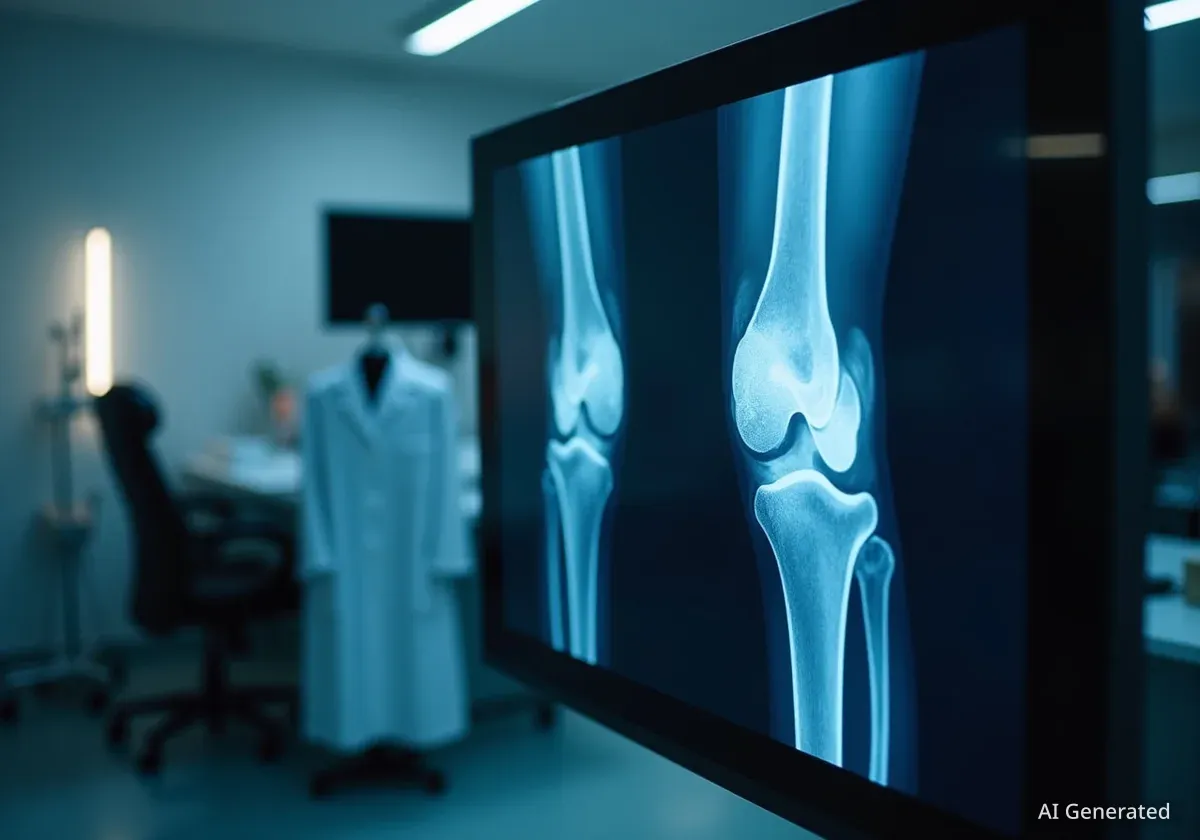As the United Kingdom grapples with a severe shortage of adult care workers, technology companies and government agencies are exploring a futuristic solution: robots. With an estimated 131,000 vacancies in the sector and a rapidly aging population, the idea of machines assisting with elderly care is gaining traction. However, early trials and ongoing research reveal significant practical and ethical challenges that must be overcome before robots become a common sight in care homes.
While the concept promises to alleviate pressure on an overstretched system, initial studies show that the reality is far more complex. Issues with usability, maintenance, and resident interaction have highlighted the gap between laboratory potential and real-world application, prompting a deeper look at what it will take to build a truly helpful robotic carer.
Key Takeaways
- The UK social care system faces a crisis, with 131,000 vacant positions and an estimated two million seniors with unmet care needs.
- Early trials of care robots in Japan revealed practical issues, including high maintenance, usability problems, and negative resident reactions.
- Current research, supported by UK government funding, is focused on developing robots with human-like dexterity and more intuitive interaction.
- Experts are debating the economic and social implications, questioning whether robots will support human carers or devalue their roles.
A System Under Strain
The need for innovation in adult social care has never been more urgent. A report from the charity Skills for Care identified 131,000 unfilled care worker positions in England last year. This staffing crisis directly impacts the quality of life for the nation's elderly.
According to Age UK, approximately two million people aged 65 and over are living with care needs that are not being met. This situation is projected to worsen, as projections show that by 2050, one in four people in the UK will be over the age of 65, placing even greater demand on the care system.
Government Investment in Robotics
Recognizing the scale of the challenge, the previous UK government announced a £34 million investment to spur the development of robots for potential use in care. The initiative reflects a belief that autonomous systems will become a normal part of life within the next two decades, transforming how we live and work.
This demographic shift is the primary driver behind the push for technological solutions. Proponents argue that robots could handle routine tasks, freeing up human carers to focus on providing companionship and complex emotional support.
Lessons from Early Adopters
To understand the potential of care robots, researchers have looked to countries like Japan, which has been a pioneer in this field for a decade. Fueled by its own aging population, the Japanese government has subsidized the development of robots for care homes. Dr. James Wright, a specialist in AI, spent seven months observing their implementation in a Japanese facility.
The study focused on three distinct types of robots:
- HUG: A sophisticated walking frame designed to help carers lift residents from beds to wheelchairs.
- Paro: A therapeutic robot shaped like a baby seal, designed to stimulate dementia patients by responding to touch with sounds and movements.
- Pepper: A small humanoid robot capable of leading exercise classes by giving instructions and demonstrating movements.
Despite high expectations, the results were not what researchers anticipated. "I was expecting that the robots would be easily adopted by care workers who were massively overstretched," Dr. Wright noted. "What I found was, almost the opposite."
Care staff reported that their most time-consuming tasks became cleaning, recharging, and troubleshooting the robots when they malfunctioned. The HUG device was often in the way, Paro caused distress for one resident who became overly attached, and Pepper's high-pitched voice and small stature made it difficult for residents to follow its exercise routines. Ultimately, the staff found the robots to be more trouble than they were worth.
Engineering the Perfect Helping Hand
Developers argue that these early models are not representative of the next generation of technology. In a London lab, Rich Walker, director of Shadow Robot, is working on one of the most complex challenges: creating a robotic hand with human-like dexterity.
"For the robot to be useful, it needs to have the same ability to interact with the world as a human does," Walker explains. "And for that it needs human-like dexterity."
His company has developed a robotic hand made of metal and plastic, equipped with 100 sensors that mimic the strength and nimbleness of a human hand. It can perform complex tasks like solving a Rubik's Cube one-handed. Yet, it still struggles with delicate actions like using scissors or picking up fragile objects.
The Robot Dexterity Programme
Shadow Robot is part of a larger initiative run by the Advanced Research and Invention Agency (ARIA), a UK government agency supporting high-risk, high-reward research. This program involves 35 engineering firms collaborating to create a hand that can learn and adapt by studying the efficient movements of animals.
The goal is to move beyond rigid, pre-programmed movements and create robots that can gracefully and efficiently interact with an unpredictable home environment.
A Softer Touch with Artificial Muscles
Another key innovation is the replacement of traditional motors with artificial muscles. Danish entrepreneur Guggi Kofod, founder of Pliantics, is developing soft materials that extend and contract like real muscles when an electric current is applied. This technology could give robots a more precise and delicate grip.
Kofod is collaborating with Shadow Robot to integrate these artificial muscles into a human-sized robotic hand. The ultimate aim is to create a hand that can sense subtle pressure changes, allowing it to know when to stop squeezing an object—much like human skin provides feedback to the brain.
"Several people near me died from dementia very recently," Kofod shared, explaining his personal motivation. "If we could build systems that help them to not be scared, and that help them live at least a decent level of life… That's incredibly motivating for me."
The Debate Over the Future of Care
As the technology advances, a critical debate is emerging about its societal impact. While some, like home care provider Caremark, are trialling small voice-activated robots to supplement human care, the long-term vision remains contested.
Dr. Wright worries that a large-scale rollout could devalue the role of human carers. He suggests an economic model where care homes are standardized for robots, and humans are paid minimum wage to service the machines. "This is the opposite of this vision that robots are going to give time back to care workers to spend quality time with residents," he argues.
Others, like Professor Gopal Ramchurn of the University of Southampton, believe the rise of care robots is inevitable. He points to developments like Elon Musk's Optimus robot as a sign that the technology is advancing rapidly.
"It's going to be a huge industry, given the deficit we have in the workforce right now," Ramchurn states. He emphasizes the importance of developing regulations now to ensure these systems are safe, reliable, and work for society's benefit. "We need to be ready for that future," he concludes, urging proactive planning before big tech companies deploy these systems without public input.





